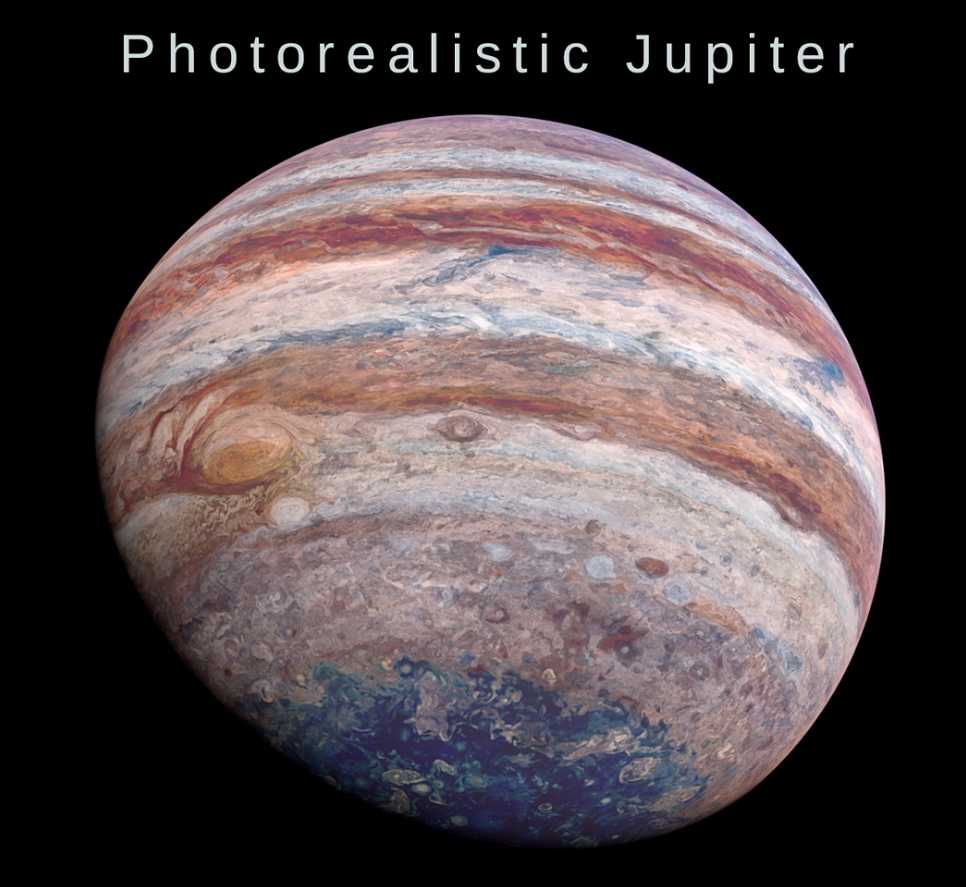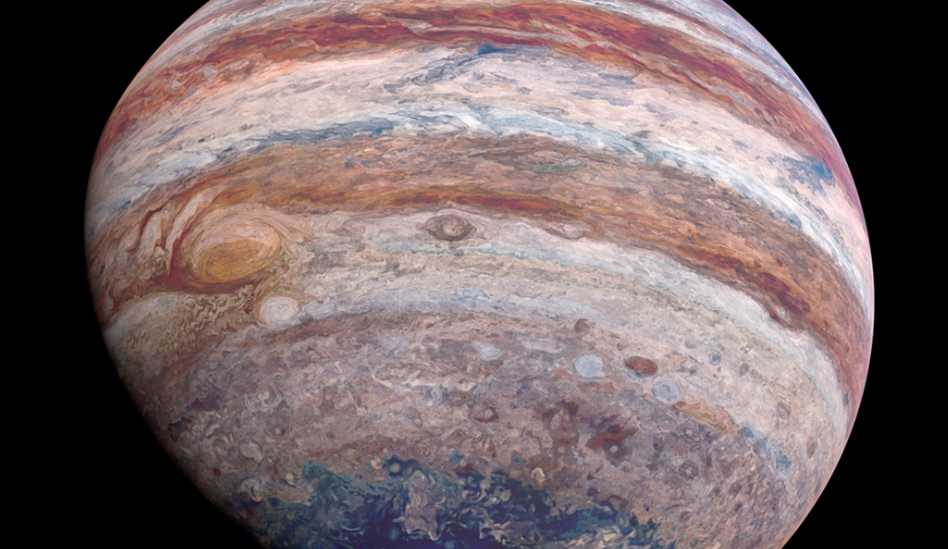Jupiter: The Colossal Guardian of the Solar System
As the largest planet in our solar system, Jupiter commands attention with its immense size and dynamic atmosphere. This gas giant, a celestial behemoth more than 1,300 times the volume of Earth, serves as both a gravitational powerhouse and a cosmic laboratory, captivating astronomers and space enthusiasts alike with its swirling storms and diverse moons.

Source: Images from the Internet, if there is any infringement, please contact the removal of
Jupiter’s most striking feature is its turbulent atmosphere, dominated by alternating bands of light and dark clouds. These bands, driven by winds exceeding 400 mph, house some of the solar system’s most iconic weather phenomena, including the Great Red Spot—a massive storm larger than Earth that has raged for centuries. Composed primarily of hydrogen and helium, with traces of methane, ammonia, and water vapor, Jupiter’s atmosphere also hosts smaller storms and lightning bolts more powerful than any on Earth. The planet’s rapid rotation, completing a day in just 9.9 hours, accentuates these atmospheric features, stretching them into global stripes and fueling the formation of oval - shaped storms.
Beyond its gaseous envelope, Jupiter’s influence extends far into the solar system. With a mass two and a half times greater than that of all other planets combined, its gravitational pull acts as a cosmic shield, deflecting many asteroids and comets that could otherwise threaten the inner planets. Additionally, Jupiter’s retinue of 79 known moons, including the four large Galilean moons—Io, Europa, Ganymede, and Callisto—offers a diverse range of celestial bodies for study. Io, the most volcanically active body in the solar system, showcases sulfur - covered landscapes and towering volcanic plumes, while Europa’s icy crust may conceal a subsurface ocean, making it a prime target in the search for extraterrestrial life. As NASA’s Juno spacecraft continues to orbit Jupiter, beaming back high - resolution images and scientific data, our understanding of this gas giant deepens, revealing new insights into its magnetic field, interior structure, and the role it plays in shaping the solar system’s history and future.
-------- END --------






